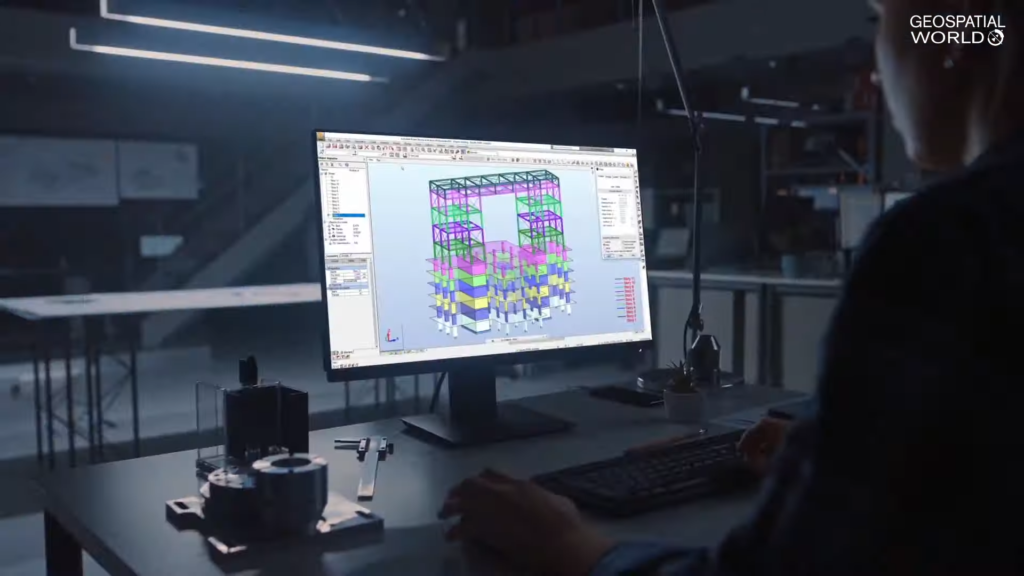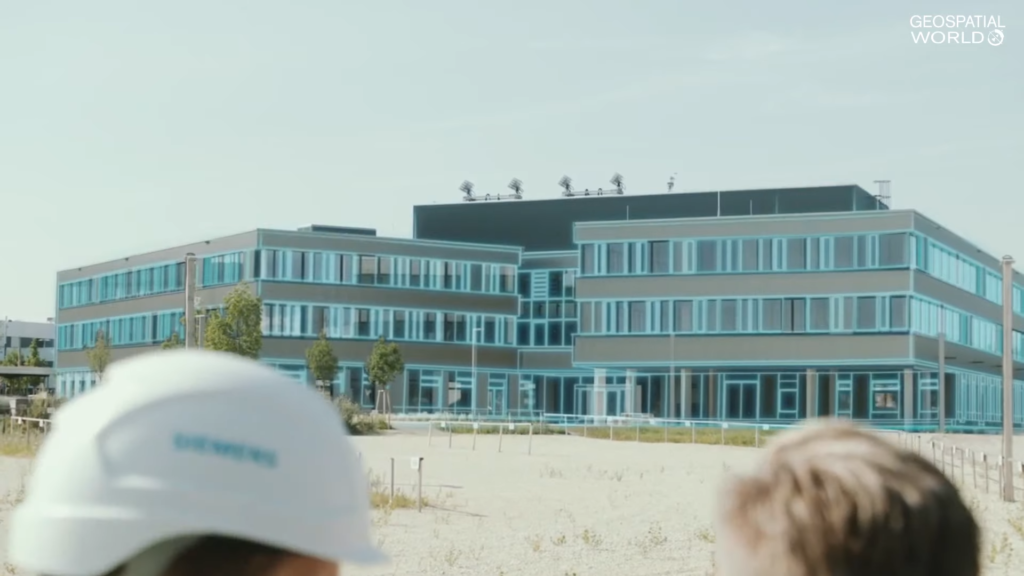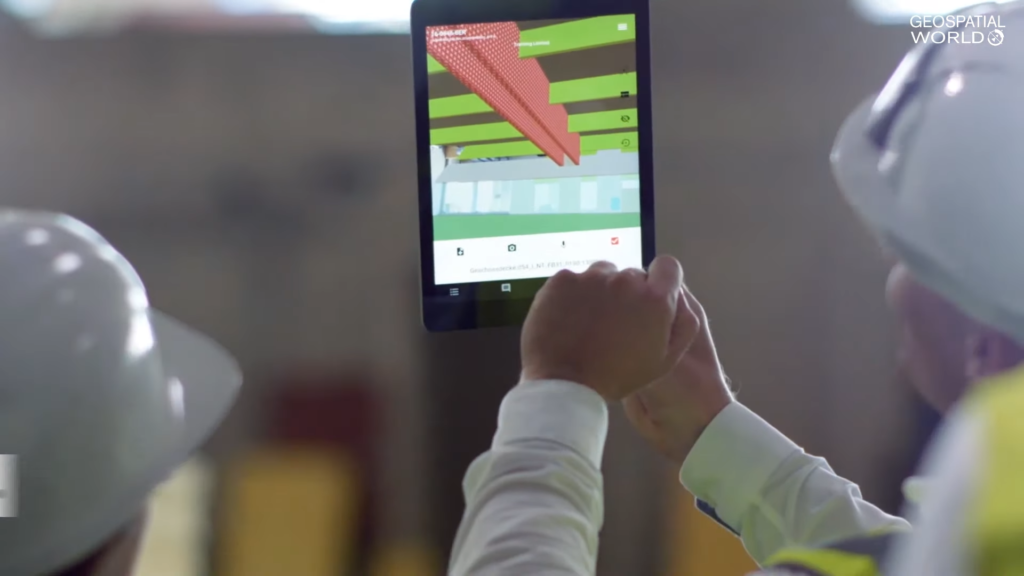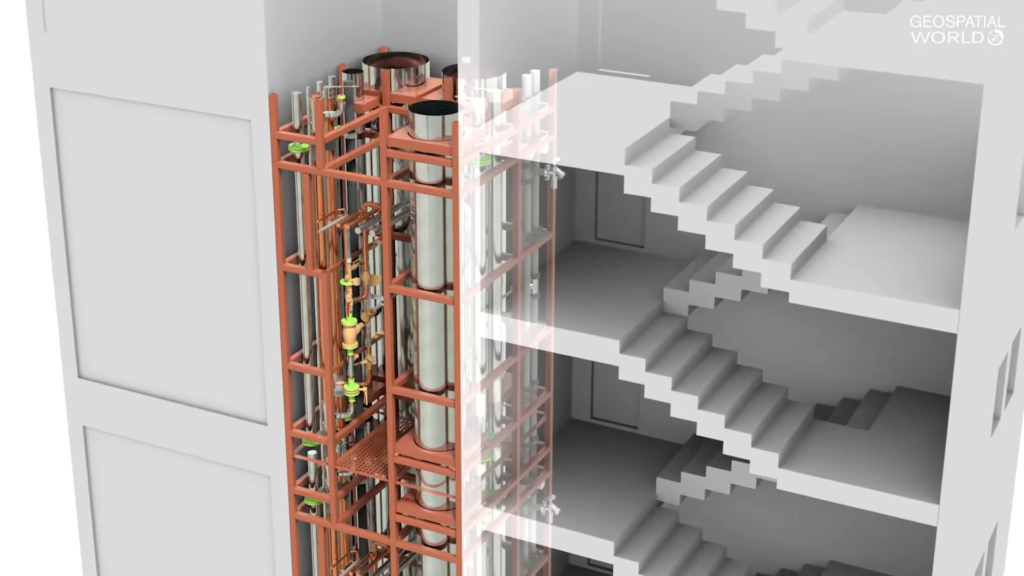The COVID-19 pandemic has accelerated the adoption of digital technologies across industries. The construction industry is no exception. “Digital construction” has become the “new normal” for the industry.
Geospatial World made a list the top 5 construction technology trends of 2021 that will further digitalize the construction industry. The list includes:
-
- Cloud-based BIM
- With advancements in Cloud technology, BIM is more accessible. Cloud-based BIM allows information about a project to be accessed by anyone in any location at any time. It improves project delivery by streamlining the exchange of design data and project management, resulting in more efficient design, construction and operation processes.
-
- Digital twin
- One of the most latest technological trends in recent years is the digital twin. A digital twin is a virtual representation of a building that collects real-world information about the structure via sensors. In construction industry, digital twin can virtually predict everything that will happen in the physical world, thus providing valuable insights to the architects, engineers and contractors.
-
- Augmented Reality (AR) and Virtual Reality (VR)
- Immersive technologies such as Augmented Reality and Virtual Reality have enabled construction companies and customers to visualize elements of the design. build and post-construction phases of their projects in real-time.
-
- Geo-enabled technologies
- Geo-enabled technologies have unlocked the potential of location data to drive informed decision-making, process standardization and efficiency in these times of physical distancing. Technologies such as LiDAR and sensors are used to obtain data, measurements and quantities over the life cycle of a project. Drones are also becoming increasingly popular to provide on-site digital asset tracking, continuous spatial inspection and progress monitoring.
-
- 3D printing and Design for Manufacturing and Assembly (DfMA)
- The 3D printing industry and DfMA solutions are increasingly seeing application in construction projects all over the world. 3D printing can produce buildings and components at a fraction of the price and time than the traditional construction methods thereby improving productivity. Design for Manufacturing and Assembly (DfMA) is design approach that focuses on ease of manufacture and efficiency of assembly in construction workflow processes.

Cloud-based BIM. ©Geospatial World

Digital Twin. ©Geospatial World

Augmented Reality. ©Geospatial World

Augmented Reality. ©Geospatial World

Design for Manufacturing and Assembly (DfMA). ©Geospatial World